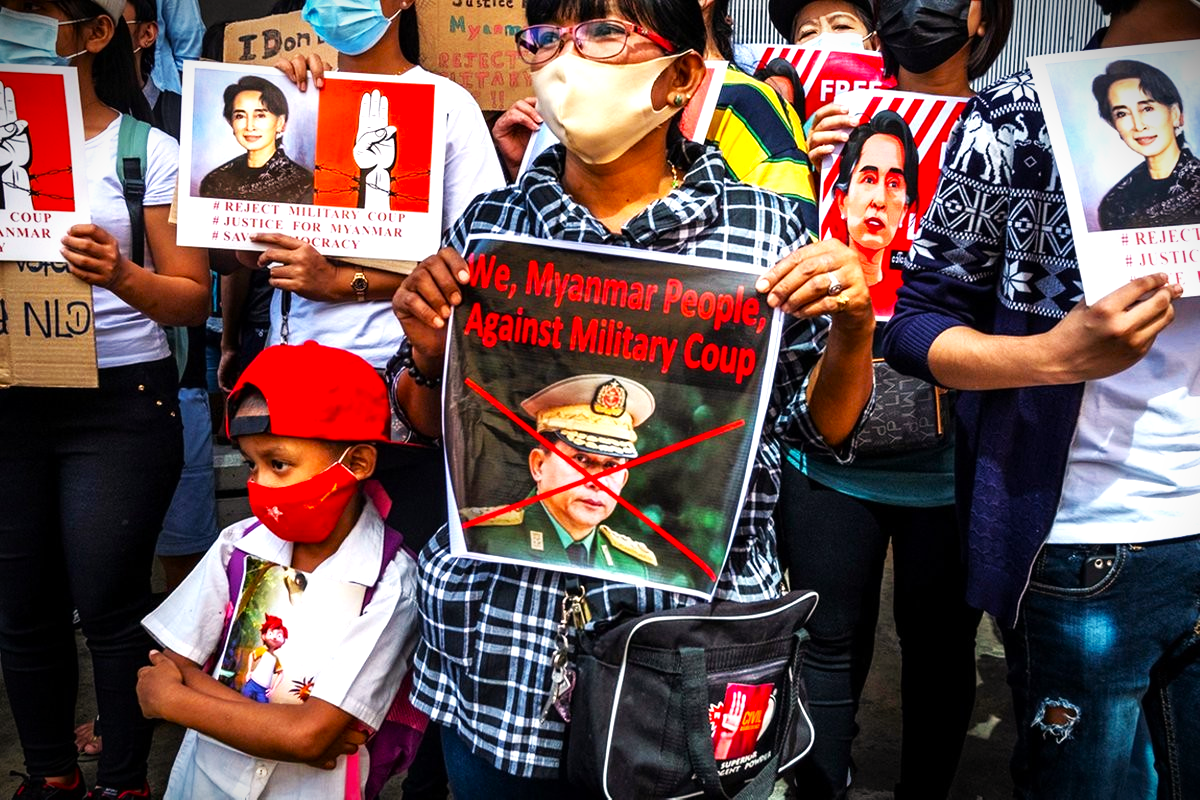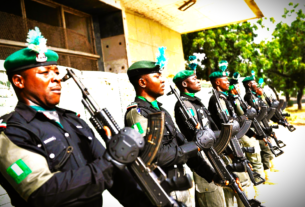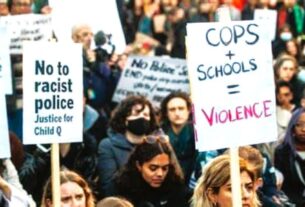As Myanmar’s civil war intensifies, global eyes turn to the generals behind the bloodshed. Can they ever be held accountable?
Seven weeks after a devastating earthquake shook Myanmar’s heartland, the ground is still trembling not with aftershocks, but with airstrikes, gunfire, and the cries of grieving parents.
Despite hopes that the natural disaster might bring a temporary pause to the country’s spiraling civil war, Myanmar’s military junta has intensified its campaign of terror. The same week survivors were still pulling bodies from rubble in the Sagaing region, military jets bombed a school just 65 miles away, killing at least 20 children and two teachers.
“The youngest victim was only seven,” a local doctor told The Telegraph, his voice cracking. “We will remember their names… We will demand justice.”
But what would that justice look like? Who are the men behind these atrocities and how might the world bring them to account?
The Men Who Rule with Fire
At the top of Myanmar’s most wanted list stands Senior General Min Aung Hlaing, the architect of the 2021 coup and commander-in-chief of a military that has plunged the nation into chaos. Under his rule, the Tatmadaw Myanmar’s armed forces have employed “scorched earth” tactics, bombing villages, torching homes, and targeting schools, hospitals, and religious sites.
Second in command is Vice Senior General Soe Win, widely regarded as the regime’s enforcer. Both men are named in international reports documenting war crimes and crimes against humanity, dating back to the 2016–2017 genocide against the Rohingya minority. Now, they are once again under scrutiny for unleashing similar horrors on their own population.
According to data from the Armed Conflict Location & Event Data Project (ACLED), more than 81,000 people have died since the coup 6,600 of them civilians. In one of the most infamous incidents, a 2023 airstrike on Pa Zi Gyi village killed 155 civilians in a single day.
“These are not just acts of war,” says John Quinley of Fortify Rights. “They are calculated attacks against civilians, designed to spread terror and dismantle resistance.”
The Long Road to Accountability
Despite the overwhelming evidence, no international court has yet indicted Min Aung Hlaing or his generals for crimes committed since the 2021 coup. However, cases related to the Rohingya genocide are ongoing at the International Criminal Court (ICC) and International Court of Justice (ICJ), and under universal jurisdiction laws in Argentina.
Could these avenues be expanded to include post-coup atrocities?
“Yes,” says Sarah McIntyre, a legal advisor at the Global Justice Initiative. “The legal mechanisms exist, it’s a question of political will and international cooperation.”
Unlike Syria’s Bashar al-Assad or Sudan’s Omar al-Bashir, Myanmar’s military leaders have largely evaded international sanctions or arrest warrants that might constrain their movements or freeze their assets. While some targeted sanctions have been applied, many believe they lack the teeth to force change.
“There is a culture of impunity,” McIntyre adds. “As long as these men can travel, invest, and interact with the world without consequence, they have no incentive to stop.”
Paths to Justice: Three Possibilities
- International Prosecution: Expanding current ICC and ICJ investigations to include crimes after 2021, or pursuing new cases through ad hoc tribunals or under the principle of universal jurisdiction.
- Targeted Sanctions and Interpol Red Notices: Increasing pressure through coordinated travel bans, asset freezes, and arrest warrants to isolate junta leaders diplomatically and financially.
- Domestic Trials in a Post-Junta Myanmar: The most aspirational path. Should the regime fall, a new government could initiate domestic prosecutions with international support, similar to Rwanda’s Gacaca courts or Cambodia’s Khmer Rouge Tribunal.
A People’s Reckoning
In villages scorched by fire and echoing with gunfire, justice is more than a courtroom ideal. It’s a cry for survival.
“We are not just victims,” says a member of a local resistance group in Chin State. “We are witnesses. And we will remember who did this.”
Their hope shared by a growing diaspora, human rights defenders, and international observers is that one day, Myanmar’s most wanted will stand not on parade, but in the dock.
Until then, the quest for justice remains a dangerous, determined march toward a horizon that refuses to fade.




